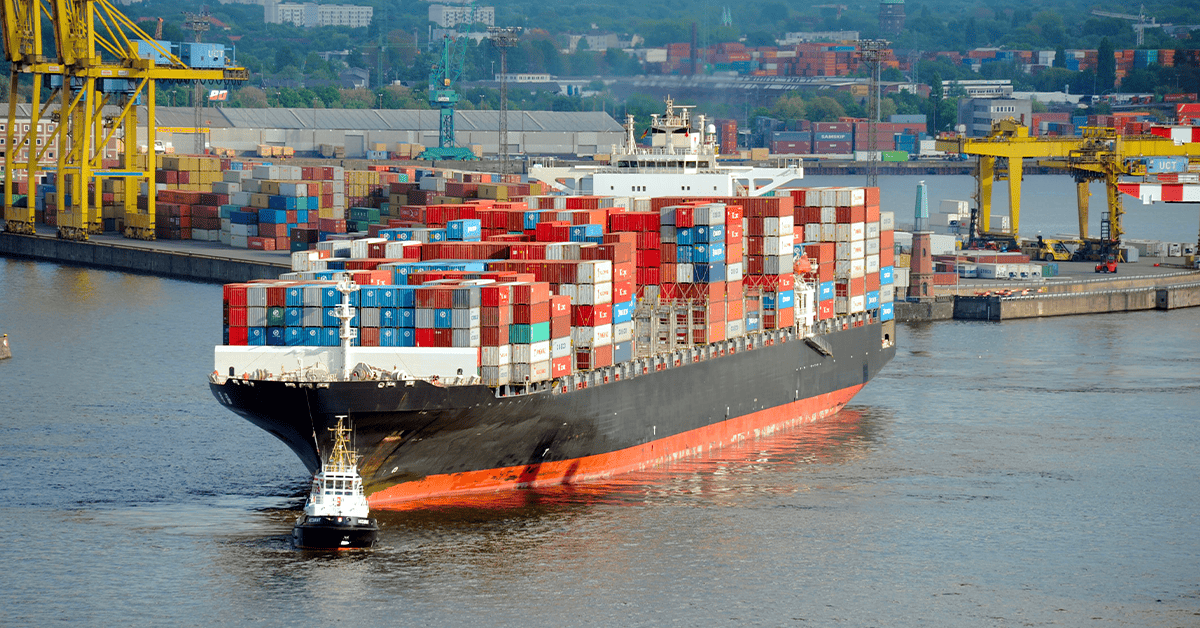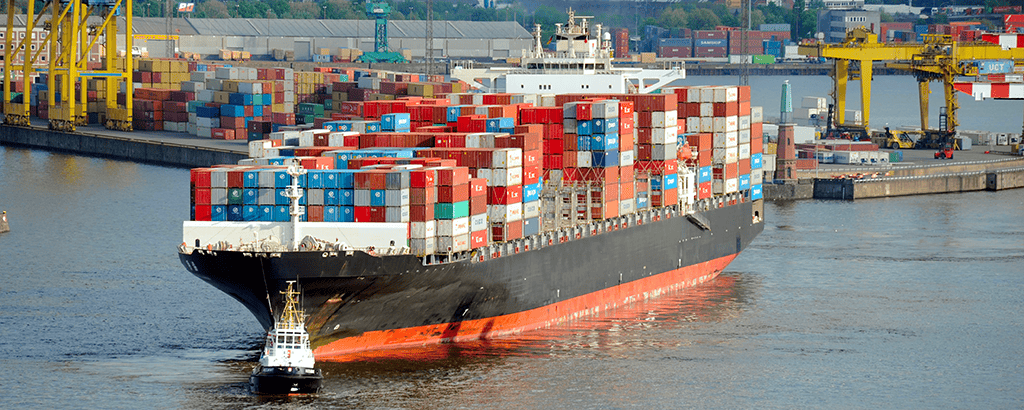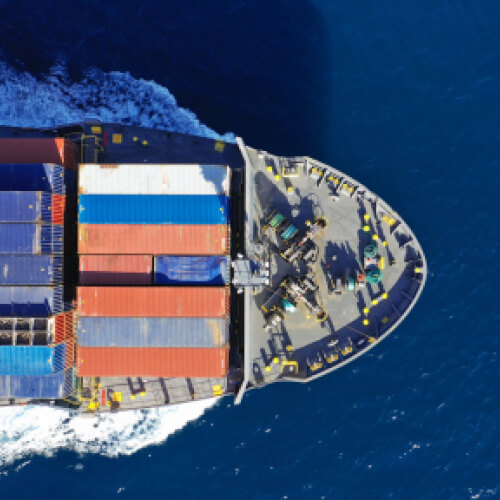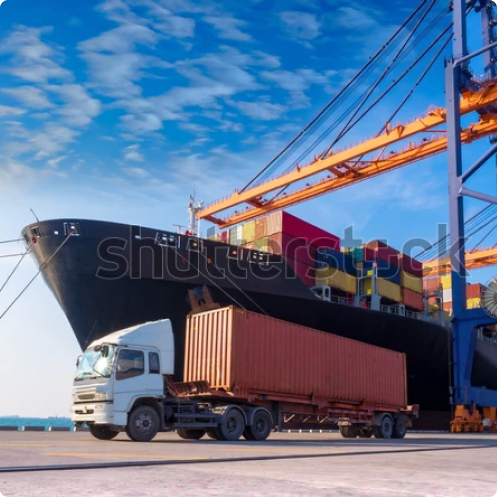Efficiency and standardization are fundamental factors in the world of logistics and international shipping, ensuring smooth operations and cost control. One of the key elements in this context is the TEU, an acronym for “Twenty-foot Equivalent Unit,” which represents a standard measurement unit used to quantify the capacity of containers and container ships.
Understanding the meaning and importance of the TEU is essential for anyone operating in the global logistics sector. In this article by Savino Del Bene, we delve into what a TEU is, how it is measured, and its role in the industry.
What is a TEU (Twenty-foot Equivalent Unit)?
A TEU, or “Twenty-foot Equivalent Unit,” is a standardized unit of measurement that represents the capacity of a 20-foot-long ISO container. This standard revolutionized maritime and intermodal transportation, addressing specific needs ranging from the standardization of container dimensions for better handling to the simplification of international trade.
Before its introduction, global shipments were inefficient due to the variety of container sizes and formats, resulting in higher costs and longer transit times. Its adoption enabled more efficient cargo management and improved logistical planning.
How is the TEU measured?
The TEU measurement is based on the external dimensions of a standard 20-foot container:
- Length: 6.058 meters;
- Width: 2.438 meters;
- Height: 2.591 meters.
An important detail concerns the container door size, which measures approximately 2.34 meters in width and 2.28 meters in height. This specification is crucial for cargo handling, as it determines the types of goods that can be loaded inside.
The usable internal volume of a TEU is about 33 cubic meters, while the maximum gross weight is around 30,480 kg, with a tare weight (empty weight) of approximately 2,170 kg, allowing for a payload of about 28,000 kg. There are also 40-foot containers, known as FEUs (“Forty-foot Equivalent Unit“), which are equivalent to 2 TEUs. These containers measure 12.192 meters in length, maintaining the same width and height as 20-foot containers, with an internal volume of about 67 cubic meters.
TEU as a global unit of measurement
The TEU is a globally adopted unit of measurement used to standardize transport and handling capacity in the logistics sector. The TEU is used to measure:
- Naval capacity: indicates how many containers a ship can carry, allowing for clear classification of container vessels;
- Terminal capacity: measures how many containers a port or terminal can handle over a specific period;
- Intermodal capacity: assesses the efficiency of combined transport via sea, rail, and road;
- Logistics operators’ handling capacity: helps quantify the operational reach of logistics and shipping companies.
Thanks to the TEU, it is possible to easily compare the operational capacity of different supply chain players, optimizing transport flows and improving global cargo management.

TEU Containers: how they are used across different modes of transport
Although TEUs are widely used in maritime shipping services, their application extends to other transportation modes, contributing to the efficiency of intermodal logistics:
- Rail transport: Standardized 20-foot and 40-foot containers can be easily loaded onto freight trains, reducing the number of handling operations and ensuring more efficient transportation between ports and inland destinations. TEU transport by rail is especially common in major logistics corridors such as those between Asia and Europe or within the United States.
- Road transport: TEU containers are moved via trucks equipped with specialized trailers. This allows direct transport between the port and the final customer, ensuring flexibility and reducing delivery times. However, weight restrictions can limit the efficiency of road transport for heavier containers.
- Inland waterway and intermodal transport: In many regions, such as Northern Europe and China, TEU containers are also transported via barges along rivers and internal canals. This method offers an efficient and sustainable solution for transporting large volumes of cargo.
The use of TEUs across various transport modes enables greater integration between different stages of the supply chain, improving cargo flow management and reducing overall shipping costs.
TEU advantages: why it is essential in global logistics
The introduction of the TEU has revolutionized global logistics by standardizing container dimensions, resulting in numerous benefits. Let’s explore them.
Operational efficiency
Standardization allows for faster and safer handling of containers in ports and during intermodal transport, reducing loading and unloading times. The compatibility between different logistics systems ensures smoother operations and minimizes errors.
Space optimization
Container ships and land transport vehicles are designed to accommodate a specific number of TEUs, maximizing space utilization. This enables better load balancing and more efficient transportation.
Simplified logistics
Using a common unit of measurement facilitates shipment planning, inventory management, and transportation cost forecasting. Companies can more precisely manage their merchandise flows, reducing transit times and optimizing supply chains.
Cost reduction
Standardization decreases the need for specialized and custom equipment, lowering operational costs and increasing industry competitiveness. Moreover, uniform container handling reduces storage and transshipment costs at ports.
Enhanced sustainability
More efficient space management reduces fuel consumption and CO2 emissions, contributing to greener logistics. The adoption of intermodal practices leveraging TEUs helps minimize the environmental impact of cargo transportation.
Scalability of international trade
The TEU allows easy comparison of transport capacity across different shipping methods and countries, facilitating global trade agreements and the expansion of distribution networks.
Conclusion
The TEU is not just a logistical unit of measurement but also a crucial economic indicator. Thanks to its standardization, it allows for the analysis of a shipping company’s capacity and size, trade lane movements, and the volume of business a freight forwarder can handle. A shipping company’s capacity is calculated based on its fleet, and consequently, also in terms of TEU (although the most relevant factor in assessing a company’s operational reach remains the size of its fleet). This commercial aspect of the TEU is essential for understanding market dynamics and making growth forecasts in the global logistics sector.
Today’s cargo movement heavily relies on TEUs, which has made intermodal transport more efficient, allowing optimal integration between ships, trains, and trucks. Contact us to learn about our integrated shipping services.






